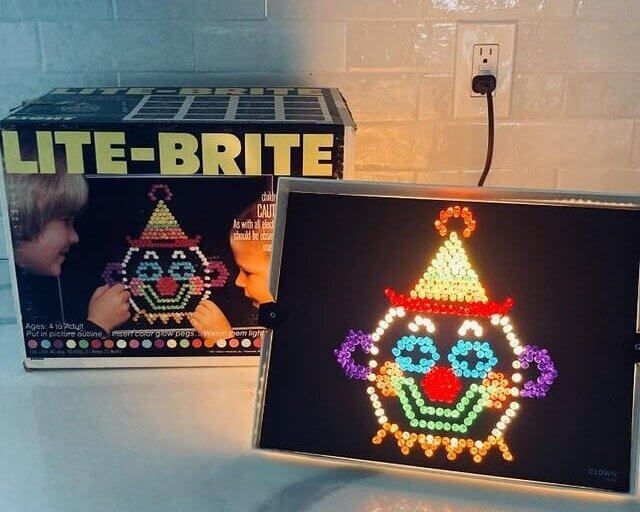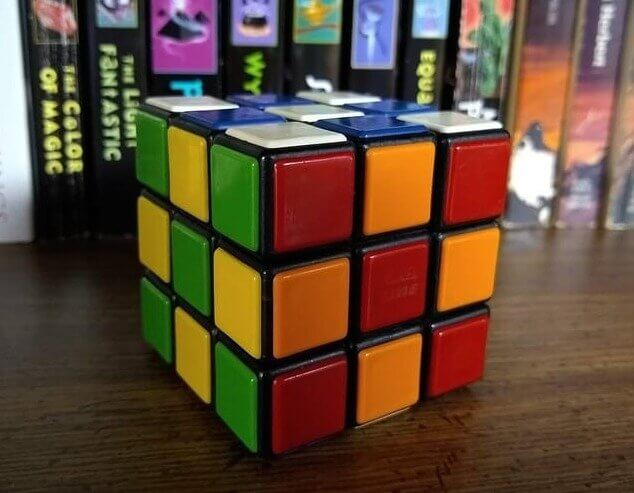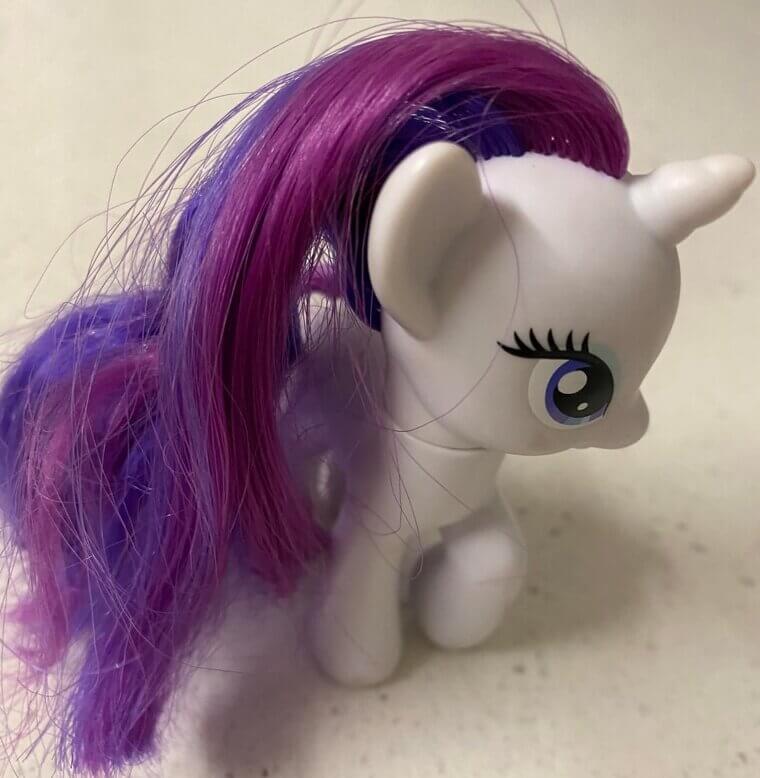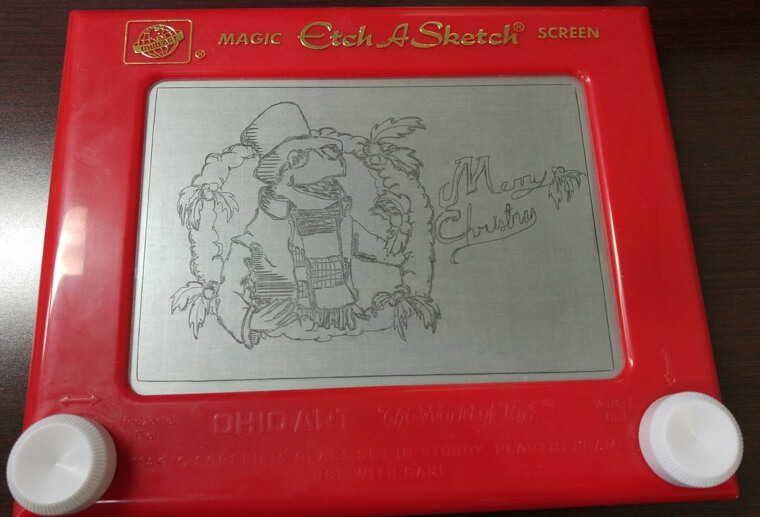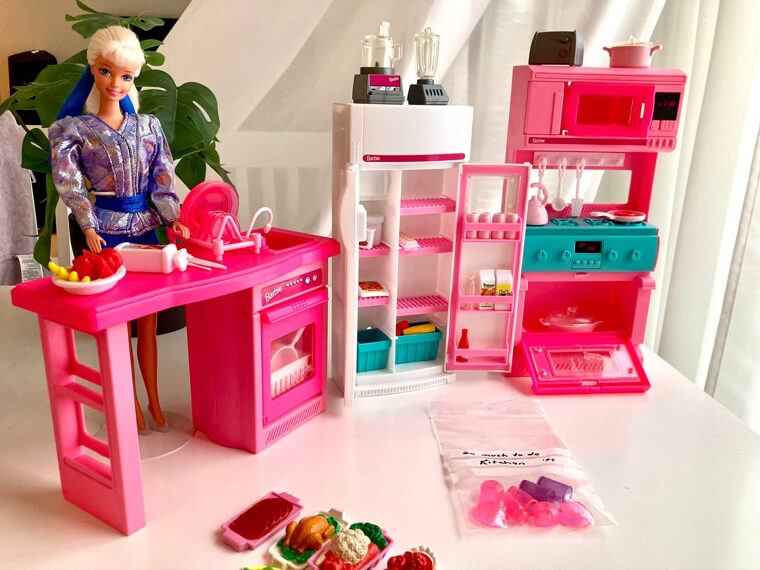Cabbage Patch Kids
Cabbage Patch Kids ruled the holiday season and parents felt proud when they managed to snag one. Each doll arrived with its own adoption papers, which made you feel responsible in a low stakes way. The yarn hair and slightly odd expressions were part of the charm, although not everyone agreed on the charm part. Many kids believed they were holding a treasure that would matter for life. Instead, most of these dolls ended up living quietly at the back of closets once the novelty faded. Still, for a brief and shining moment, nothing made Christmas feel more official than peeling open the wrapping paper to find a doll with a name you did not choose and an outfit you would not have picked. It was the 80s version of a celebrity adoption, only with a lot less glamour.
Walkman
Getting a Walkman felt like gaining access to a secret clubhouse where no one else could hear your soundtrack. Parents loved giving it because it seemed educational enough, even though you mostly listened to the same three tapes. The sound quality depended on how tangled your cassette was, and rewinding involved both patience and the occasional use of a pencil. The real magic was the feeling of independence, even though you were usually still sitting in the living room. The foam headphones never fit quite right and the device devoured batteries, but you felt futuristic. All it took was one power ballad to transform you into a philosopher watching the snow fall from the window. The Walkman gave you the sense that you were living a larger life, even if you had not left the house.
Lite Brite
Lite Brite looked like a creative tool, so parents bought it with pride, confident they were raising a young visionary. You poked colorful plastic pegs into a glowing screen to form pictures that felt impressive at the time. The templates made you feel like an artist, even though the end result usually looked like a pixelated mystery shape. Half the pegs vanished within days, which meant future masterpieces became more abstract than intended. The bright colors lit up the room and made every kid believe they were creating something important. In reality, most Lite Brite sessions ended with someone stepping on a rogue peg and questioning life choices. Still, nothing matched the thrill of turning the lights off and admiring your creation, even if no one else could tell what it was supposed to be.
Care Bears
Care Bears arrived with a cheerful mission to teach kindness, which parents found reassuring. Each bear had a symbol on its belly that hinted at a personality, so gifting one felt meaningful. You might have received Cheer Bear or Tenderheart Bear, both of which offered guidance that felt profound when you were seven. The shows and books made sure you believed these plush animals possessed wisdom, although most of their wisdom involved talking through problems while sending a beam of light from their stomachs. Despite the simplicity, kids adored them. They were soft, comforting, and very collectible. You may have treated yours like a trusted companion, even if all it did was sit silently on your bed. The good intentions stitched into each bear made them seem special, even if adulthood later revealed they were simply very cuddly toys.
Rubik’s Cube
Parents loved giving Rubik’s Cubes because they looked educational and promised to strengthen problem solving skills. You twisted and turned the cube with determination, convinced you were only minutes away from genius. For most kids, the cube ended up permanently mixed, which became part of its personality. A few claimed they solved it once, although there was never any evidence. The bright colors and clicky movement made it satisfying to fiddle with, even if the solution remained out of reach. Some ambitious kids peeled off the stickers, a move that fooled no one except themselves. Still, receiving a Rubik’s Cube felt like receiving a challenge from the universe. Whether you mastered it or surrendered to chaos, it sat proudly on your shelf as a symbol of effort. Parents considered it a wholesome gift, even though most children considered it an unsolved mystery.
My Little Pony
My Little Pony captured the imaginations of kids who wanted pastel colored horses with improbable beauty routines. Parents appreciated the innocence of the toys, unaware of how much time would be spent brushing plastic hair that never behaved. Each pony came with a symbol that hinted at personality, and you probably formed elaborate stories around them. The accessories multiplied quickly and often scattered across the floor, turning the living room into a tiny stable. The scent of new pony plastic was strangely memorable. Even with the limited movement and stiff legs, kids treated them like prized animals. The simple world of magic and friendship that came with the toys made them a comforting presence. They looked cheerful, felt cheerful, and encouraged a level of pretend play that parents found harmless. In hindsight, they were oddly charming in their artificial way.
View Master
The View Master let you explore the world through tiny slides that clicked into place with a satisfying sound. Parents loved giving it because it seemed both fun and educational, which felt like a rare win. You probably flipped through reels of national parks or cartoon characters, amazed by the depth effect that felt cutting edge. Each click transported you to a new scene that looked brighter than anything you saw in real life. The device encouraged curiosity, even though most kids went through all the reels in under twenty minutes and then showed them to everyone within reach. Still, nothing matched that early glimpse of pretend high tech adventure. The View Master felt futuristic at the time, even though it required no electricity and offered no sound. It was a simple gift with a surprisingly strong grip on childhood imagination.
Etch A Sketch
Parents gifted Etch A Sketch with high hopes that you would develop creativity and patience. You turned the knobs with ambition, seeking to draw something recognizable. The screen responded with shaky lines that looked nothing like your vision, but you kept going. Every minor success felt like a triumph, even though most creations resembled abstract experiments. When you finally produced something decent, one accidental shake erased your masterpiece instantly. The entire experience taught resilience, though kids rarely appreciated the lesson. Still, the red frame and satisfying clicks made the toy iconic. Adults assumed this would encourage artistic growth. Children mostly used it to write their names in the most crooked letters possible. Etch A Sketch was both a clever invention and a test of endurance, making it one of the most unforgettable gifts of the decade.
Barbie Dream Furniture
Parents saw Barbie furniture kits as a simple way to expand a child’s imagination. In practice, these sets often involved assembling tiny pink pieces that never quite snapped together correctly. Kids loved them anyway. The miniature beds, dressers, and sofas created a world where Barbie enjoyed comforts that most households did not have. The accessories came in bright colors that matched nothing in real life. Arranging the pieces felt like interior decorating on fast forward. Many kids believed they were crafting a perfect little home, even if the furniture collapsed whenever someone breathed near it. Parents admired the creativity these sets inspired, while children admired the glamor. The slightly flimsy construction became part of the charm. Barbie lived well, and that was what mattered. These sets delivered a dazzling lifestyle that only plastic toys could afford.
Hot Wheels
Hot Wheels were the go to gift for kids who loved speed and chaos. Parents liked them because they were affordable and seemed indestructible. Each car looked sleek, colorful, and ready to race across any available surface. The tracks promised hours of entertainment but usually turned the living room into a maze. Kids built elaborate courses that never followed any rules of physics, yet they proudly demonstrated each one to anyone who would watch. The cars often disappeared under furniture only to be rediscovered months later. Despite the small size, they sparked big imaginations. Parents hoped the cars would stay neatly in their box. Children had other plans. The joy came from launching them as fast as possible and watching unpredictable outcomes unfold. The simplicity and excitement kept Hot Wheels near the top of every holiday wishlist.



